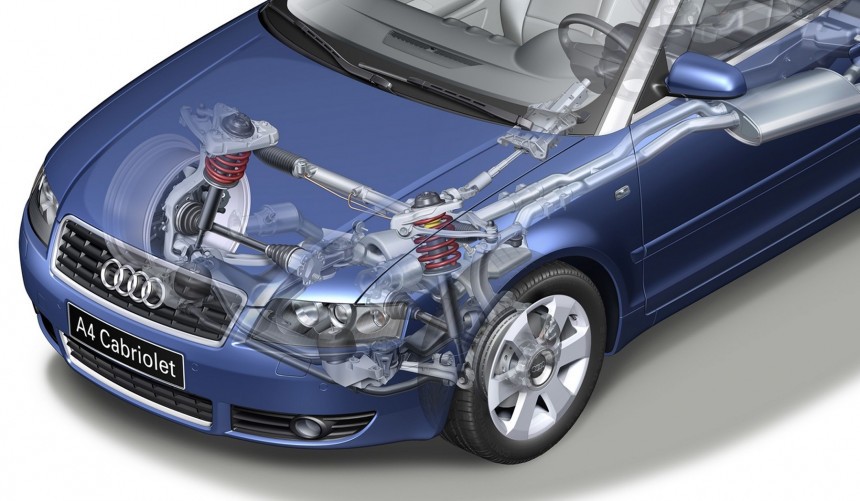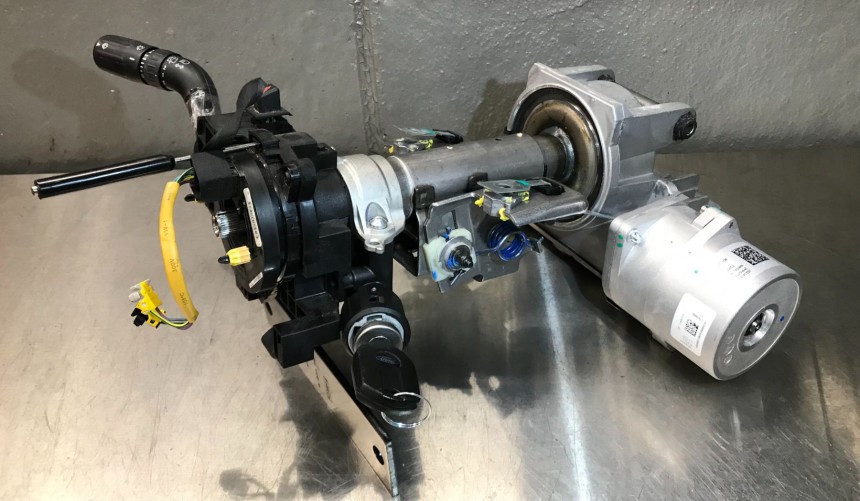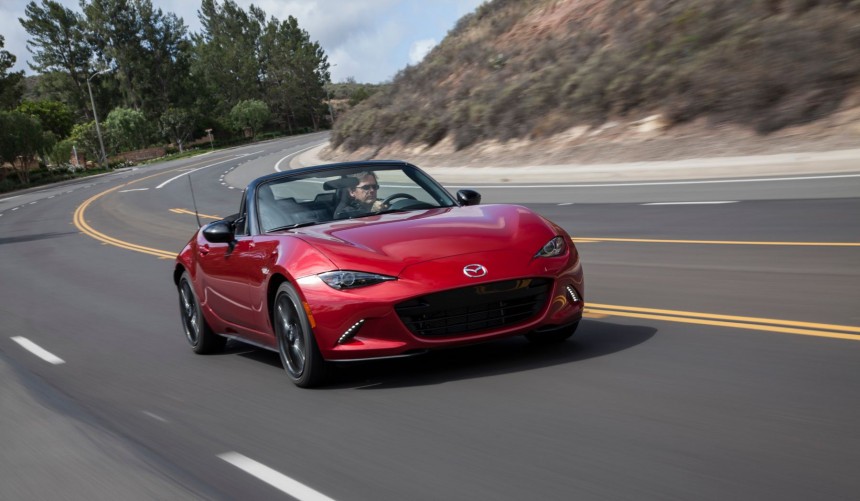For years, gearheads have been arguing whether hydraulic or electric power steering is better, citing various advantages and disadvantages. For those knowledgeable people and those who have no idea which one is which, this guide compares the two systems and attempts to determine if there’s a clear-cut winner.
Except for the Alfa Romeo 4C and more obscure low-volume sports cars, all modern automobiles use power steering. Simply put, this is a system that uses electricity or hydraulic pressure to reduce the effort needed to steer the vehicle, allowing for easier maneuverability, especially at low speeds.
In the late 1800s and early 1900s, several engineers experimented with early versions of power steering mechanisms. The first commercially available passenger car to be equipped with this technology was the 1951 Chrysler Imperial, and the manufacturer called the system Hydraguide.
The oldest and most common version uses hydraulic fluid, a pump, a cylinder, and one or more control valves to amplify the force applied to the steering wheel.
On most vehicles, the power comes from a pump, typically driven by a belt connected to the engine. The positive-displacement pump matches hydraulic fluid flow rate to engine speed, meaning that low engine speed equals low-speed steering and a high engine speed translates to high-speed steering.
However, to prevent vehicles from flying off the road when the driver attempts to overtake at high speeds, the control valves send a portion of the pressurized fluid back to the hydraulic reservoir, thus maintaining a normal steering ratio.
Finally, the double-acting hydraulic cylinder’s role is to apply force to the steering gear, which rotates the wheels. There’s also electro-hydraulic power steering that typically uses an electric pump instead of one driven by the engine, but these systems are not as common.
Although the latter system gained more popularity, one of the first power steering mechanisms used an electric motor. It was implemented on a 5-ton truck in Columbia in 1876, but other than the surname Fitts, little is known about its inventor.
Modern electric systems appeared on cars in the early 1990s, and one of the first cars to be equipped with such a feature was the 1990 Honda/Acura NSX.
Here, an electric motor connected to either the steering gear or steering column assists the driver, replacing the traditional hydraulic system. It works together with position and torque sensors that send electrical impulses to the vehicle’s ECU, which applies specific parameters to the steering wheel and front wheels.
Hydraulic systems provide a better, more authentic steering feel, which might not be too important for the casual sedan driver, but makes a heck of a difference for enthusiasts driving a sporty vehicle. They used to be more widely used, especially on sports cars, because they provide great road feedback and are generally cheaper to manufacture.
Although less complex, electric systems contribute to better fuel efficiency and deliver a much more linear and filtered experience. Still, there are some great-handling cars out that use it, such as the current-gen Mazda Miata (MX-5) or the BMW 5 Series.
In conclusion, hydraulic power steering is better if you’re looking for an exceptional driving feel. Those who are just looking for a comfortable experience and won’t take their car to the track shouldn’t be put off by electric systems. Those are set to become more widely used and refined in the coming years anyway.
In the late 1800s and early 1900s, several engineers experimented with early versions of power steering mechanisms. The first commercially available passenger car to be equipped with this technology was the 1951 Chrysler Imperial, and the manufacturer called the system Hydraguide.
Hydraulic Power Steering
On most vehicles, the power comes from a pump, typically driven by a belt connected to the engine. The positive-displacement pump matches hydraulic fluid flow rate to engine speed, meaning that low engine speed equals low-speed steering and a high engine speed translates to high-speed steering.
However, to prevent vehicles from flying off the road when the driver attempts to overtake at high speeds, the control valves send a portion of the pressurized fluid back to the hydraulic reservoir, thus maintaining a normal steering ratio.
Finally, the double-acting hydraulic cylinder’s role is to apply force to the steering gear, which rotates the wheels. There’s also electro-hydraulic power steering that typically uses an electric pump instead of one driven by the engine, but these systems are not as common.
Electric Power Steering
Modern electric systems appeared on cars in the early 1990s, and one of the first cars to be equipped with such a feature was the 1990 Honda/Acura NSX.
Here, an electric motor connected to either the steering gear or steering column assists the driver, replacing the traditional hydraulic system. It works together with position and torque sensors that send electrical impulses to the vehicle’s ECU, which applies specific parameters to the steering wheel and front wheels.
Which One Is Better?
Although less complex, electric systems contribute to better fuel efficiency and deliver a much more linear and filtered experience. Still, there are some great-handling cars out that use it, such as the current-gen Mazda Miata (MX-5) or the BMW 5 Series.
In conclusion, hydraulic power steering is better if you’re looking for an exceptional driving feel. Those who are just looking for a comfortable experience and won’t take their car to the track shouldn’t be put off by electric systems. Those are set to become more widely used and refined in the coming years anyway.












